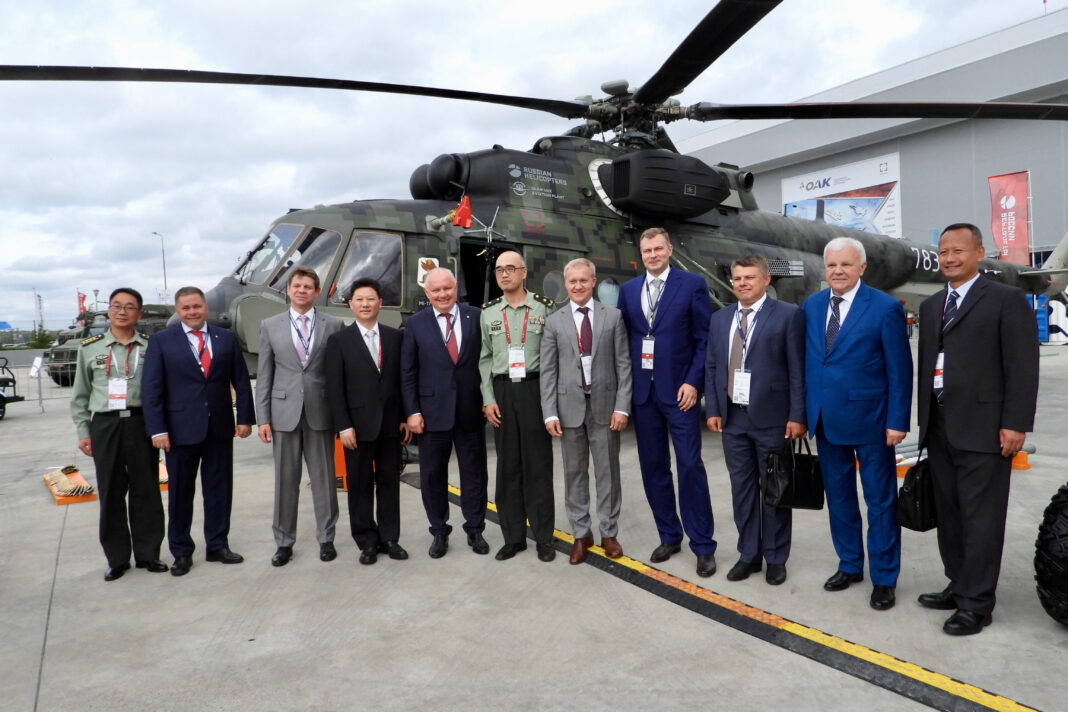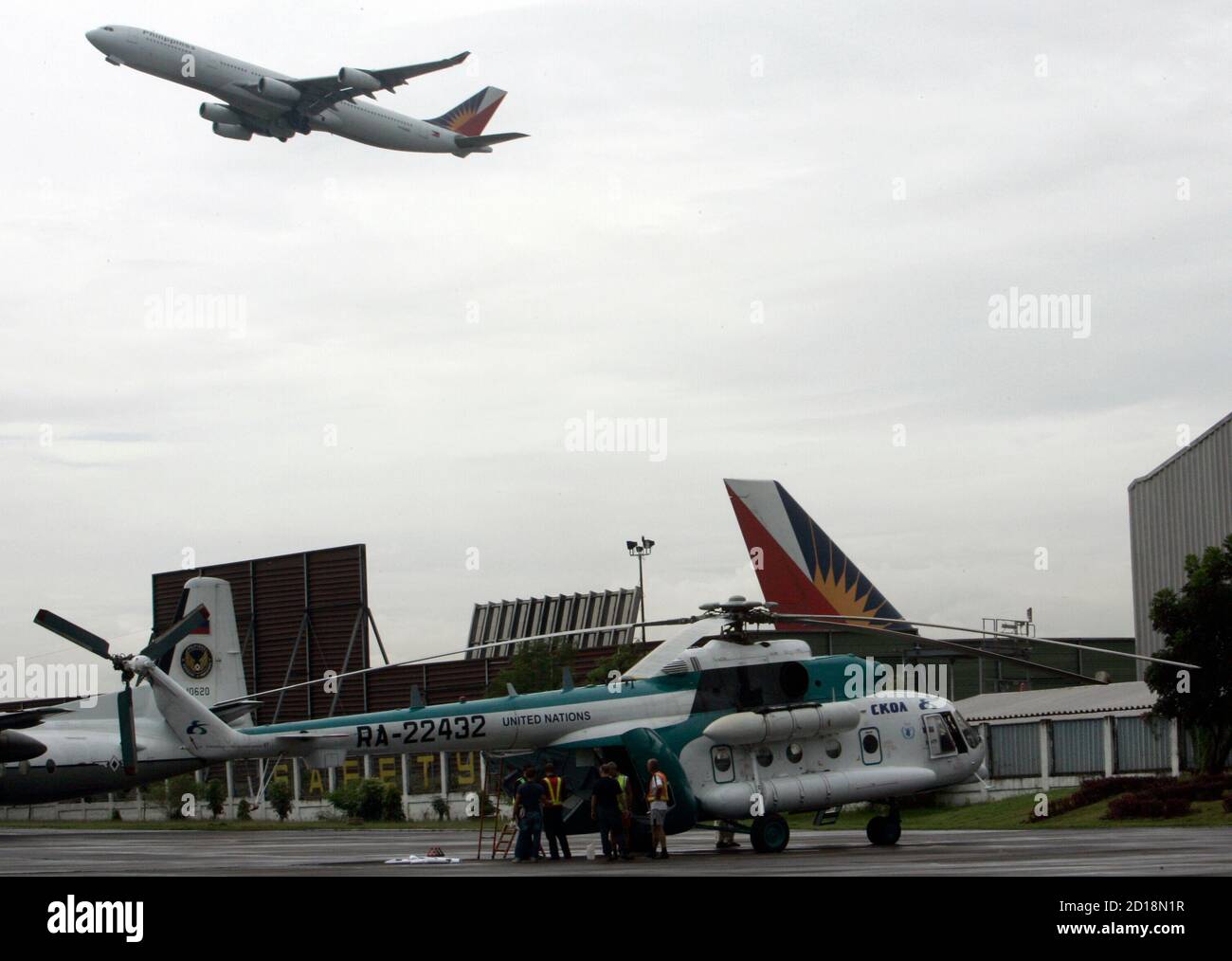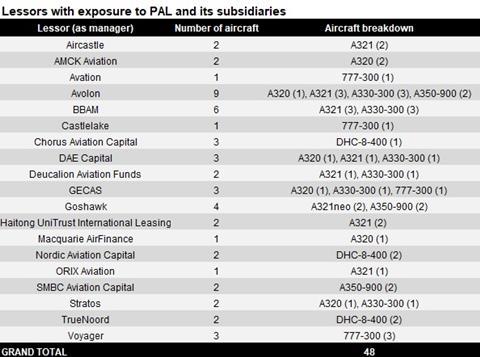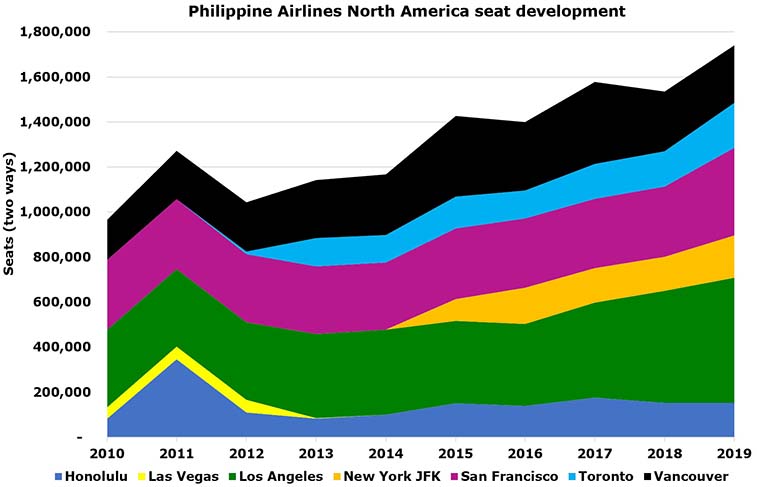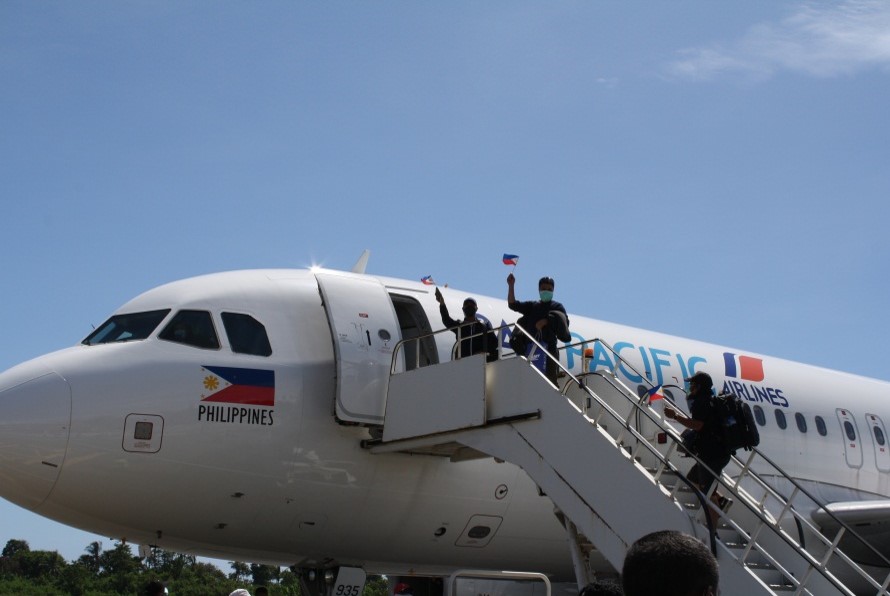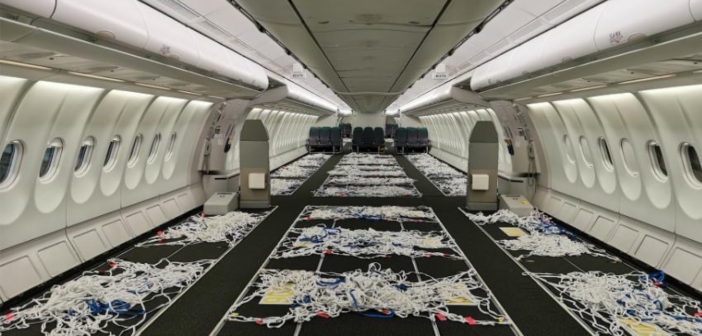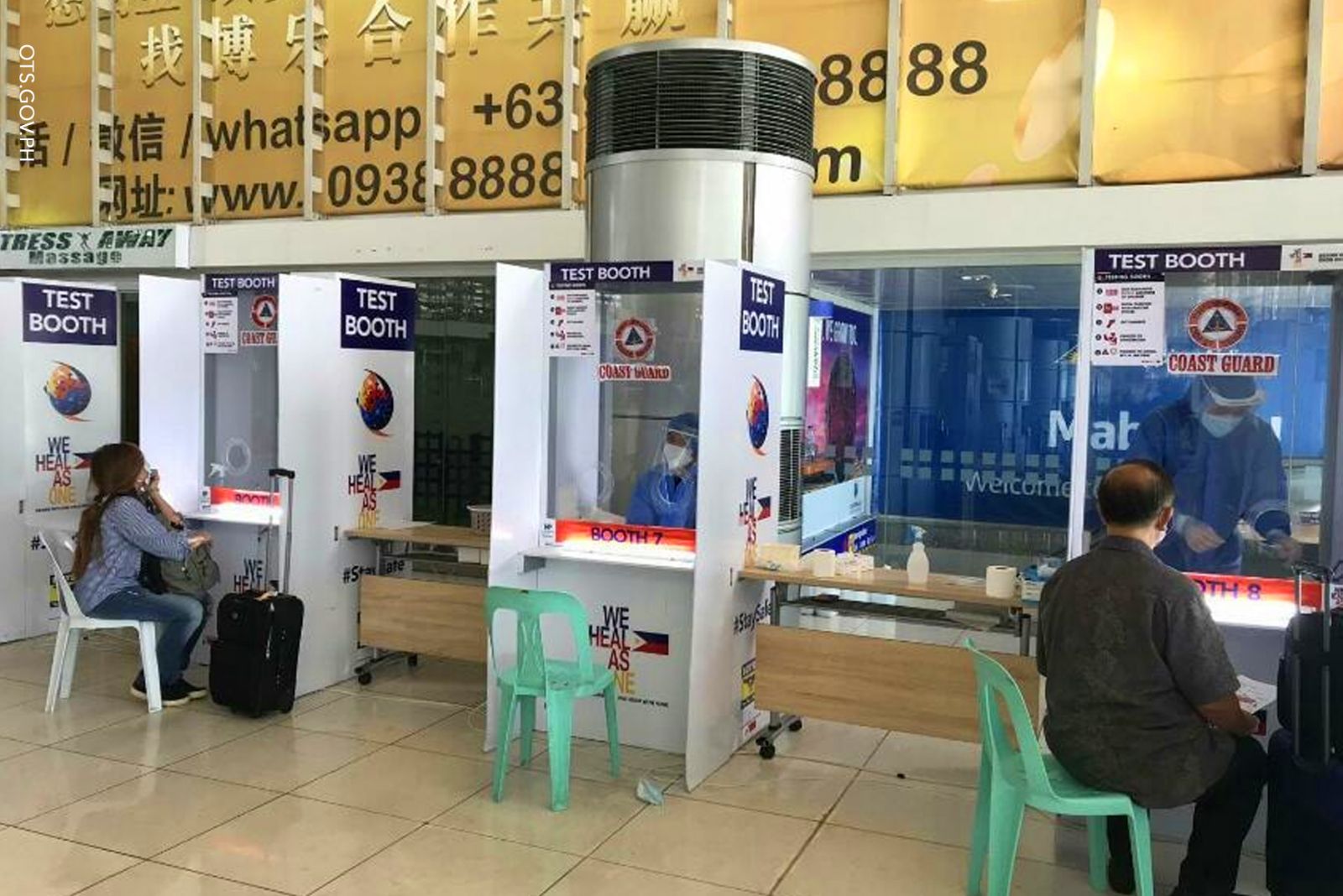By Iris Gonzales
14 December 2020
In sealed caskets, onboard a Philippine Airlines A330 aircraft, the
remains of at least 200 Filipinos from Saudi Arabia, 49 of whom died of
COVID-19, arrived at the Ninoy Aquino International Airport one late
morning of July.
It must have been difficult for the crew to be on the nine-hour
flight – sad, disturbing, and macabre. For how could it not? One
lifeless body is already one death too many. But there would be more PAL
flights carrying the dead back home to Manila.
Other flights were easier as they were filled with
distressed, but alive overseas Filipino workers – from Milan to Maldives
and many places in between.
Chartered by the government, Lucio Tan-owned Philippine Airlines has
been bringing home OFWs from different corners of the world who wanted
to leave their host countries ever since COVID-19 ripped through the
globe.
But in between bringing home the dead and the living, the four star
carrier was facing its own pandemic of sorts since the start of 2020,
coming from a very difficult year before.
Indeed, 2019 wasn’t exactly the airline’s best; a foreshadowing of
sorts, a portent of things to come. It was a seemingly cursed year for
the 79-year old company, putting it in a precarious situation when
COVID-19 struck.
While its latest cycle of financial troubles started in 2017, the
year 2019 was life-altering for PAL. It saw the company grapple with a
Netflix-like edge-of-your-seat saga, characterized by drastic management
changes, family-related squabbles, loud swearing and shouting in its
executive meetings, paralyzing policies, and the sudden departures of
some esteemed members of its board of directors, including Kapitan’s old
guards.
Put these all together with COVID-19 as the final blow, PAL,
like many giant airlines across the globe, found itself right smack in
the worst turbulence it ever had to face.
Some predicted its death in March because of heavy cash burn as a
result of huge passenger refund requests and no new revenues. Its debt
is now at $6 billion.
But a combination of luck, perhaps divine intervention, and $135
million in fresh funds from its chairman El Kapitan, once upon a time
the country’s richest man, has enabled the company to keep going.
It will soon join other airlines, including Chile’s LATAM, Avianca
and Miami Air that are all seeking creditor protection through a Chapter
11 filing in the United States. If approved, PAL will, in essence not
be forced to pay its mounting debts immediately, but over a period of
time.
Chapter 11 in the US Bankruptcy Code generally provides for
reorganization of a corporation. Under this chapter, a debtor proposes a
reorganization plan to keep its business alive and pay creditors over a
period of time. Nineteen lessors have exposure to PAL for 48 aircraft,
or half of its 99-strong aircraft fleet, according to FlightGlobal.
PAL is targeting to make the filing in January next year.
Many non-US airlines have turned to Chapter 11 because the ability to
bind creditors to US court jurisdiction, which is respected globally,
puts teeth in the terms of the restructuring, according to global law
firm Freshfields Bruckhaus Deringer.
PAL’s management, led by its president Gilbert Santa Maria – a
non-airline executive, but with a history of successful corporate
turnarounds – hopes to exit Chapter 11 in March.
It is hoping that in the knick of time – if its stars are aligned –
PAL would be out of Chapter 11 and would be able to pop champagne
bottles by March 15, 2021 to celebrate its 80th anniversary.
Business as usual
In a town hall meeting last week, PAL assured employees it would be business as usual for the airline even during restructuring.
“PAL will continue to operate and fly during restructuring. There
will be no impact on passengers – full continuity, no disruption,”
management said.
In fact, PAL wingwoman Cielo Villaluna said the carrier has already
readied flights for this month and beyond to Los Angeles, San Francisco,
Toronto, New York, etc.
Post-Chapter 11, PAL envisions a more efficient and competitive operation with stronger finances and lower debt.
Employees
But the collateral damage is huge, employees included. PAL is reducing its 6,000-strong employee headcount by 35 percent.
Will PAL make it through the turbulence? Only time will tell, but if
it successfully exits Chapter 11, it would have to face its new chapter
with so much more professionalism and better management than before.
Clearly, the effect of bad decisions in the past, including those years
when it was in government hands, has piled up and made PAL the troubled
airline that it is now. This has hurt its employees most of all because
they were the first ones to be let go.
Moving forward, PAL’s employees, who risk life and limb to bring home
their fellow Filipinos – dead or alive – during these difficult times,
with or without hazard pay – deserve a more efficient company and not
one that is run like a family-owned sari-sari store with pilferage,
leaks and all.
For now, PAL’s saga continues, but eventually and with the right
decisions by its core team that would advance the interests of the
greater good, including its employees and the public, PAL may
successfully emerge through the turbulence and at the right time,
gloriously touch down again as seamlessly as its pilots do on the
runway.





